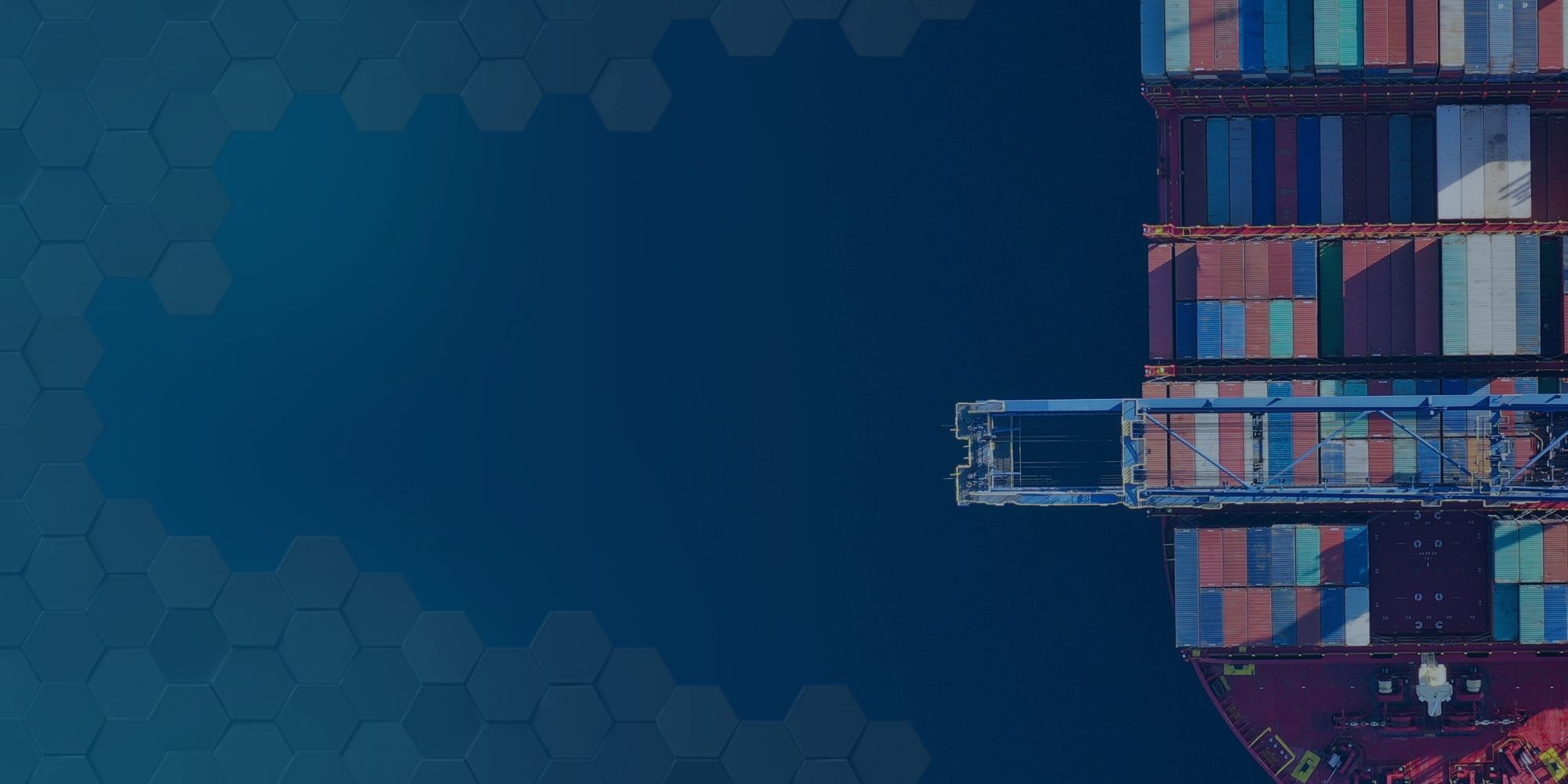From Supply Chains to Supply-Resilience: Rethinking Security in Retail Logistics
In retail logistics and supply chain operations, “security” can no longer mean only fences, guards and surveillance. The modern terrain is far more fluid, and more strategic. Disruptions arrive in waves: from supply-shock events to digital interference, workforce volatility to reputation shocks. Leading organisations treat security not as a cost centre, but as a capability embedded in their logistics spine.
Why the landscape has shifted
For retail and logistics firms, risk is no longer isolated. A climate event in one region might delay a container, prompt labour shortages, fuel a social media backlash, and suddenly a distribution hub becomes a reputational and cost-risk hotspot. At the same time, threats converge: physical loss (cargo theft, site intrusion), cyber-induced operational breakdowns (IoT sensors, warehouse automation gone rogue), and workforce dynamics (turnover, insider risk, gate-key misuse).
The takeaway: you can’t treat “warehouse security” separately from “cyber resilience” or “logistics continuity”.
From reactive protection to proactive resilience
The old model: identify hazard → apply control → respond after incident. Functional, but insufficient in a world where supply chain lags can cascade quickly into retail brand damage or lost sales. The newer model adds layers:
- Anticipation. Horizon-scanning risks specific to logistics, e.g., regional labour strikes, transport bottlenecks, regulatory shifts.
- Adaptation. Modular logistics networks, alternate routing, worker cross-training so that when one node falters, others absorb the shock.
- Integration. Making security/logistics, IT, operations and commercial teams speak the same language. Security becomes part of driving throughput, not slowing it.
People, tech and culture in the warehouse-to-store journey
Many will focus immediately on technology. Camera analytics, drones over yards, predictive data for theft hotspots. But tech alone won’t suffice. In warehousing and transport, human discretion matters: the forklift operator who flags the odd arrival, the dock supervisor who notices a subcontractor behaving erratically, the shift planner who spots unusual overtime patterns.
With automation increasing in logistics, frontline workers now need clearer training and better tools, plus a culture that encourages reporting near-misses and evolving threat patterns. Security becomes a collective mindset, not just a gated function.
Why this matters for retail value
In retail logistics, delays and vulnerabilities equate to lost shelves, disappointed customers and damaged brand reputation. A major incident in logistics can diminish value faster than many assume, because it hits both cost (overtime, rerouting, premiums) and trust (brand impact, partner relationships). Investors and boards are waking up to the fact that strong logistics security isn’t just protection, it’s enabler. It allows retailers to scale, to promise delivery, to enter new markets with confidence.
Questions logistics leaders should ask now
- Have we mapped our logistics risks five years into the future, beyond present day assumptions?
- Do we use scenario-planning that links warehouse security, cyber vulnerabilities, transport interruption and reputational damage?
- Is our workforce trained to spot cross-domain signals (e.g., an abnormal overtime spike + a subcontractor outside usual channels)?
- Are our investments measured by “time-to-restore goods flow” and “percentage of disruptions handled without brand impact” rather than simply “number of alarms”?
Wrapping up
Retail logistics will never get simpler. But companies that treat security as a strategic enabler, one built on people, adaptable systems and integrated thinking, won’t just react to disruption; they’ll lead through it. The goal isn’t to avoid every possible incident. It’s to build a system that, when disruption hits, keeps goods moving and brand trust intact.

